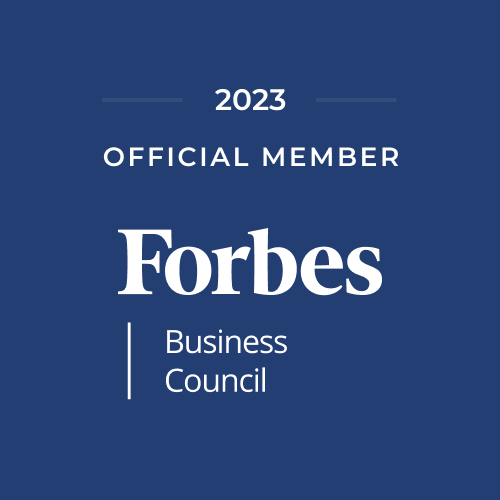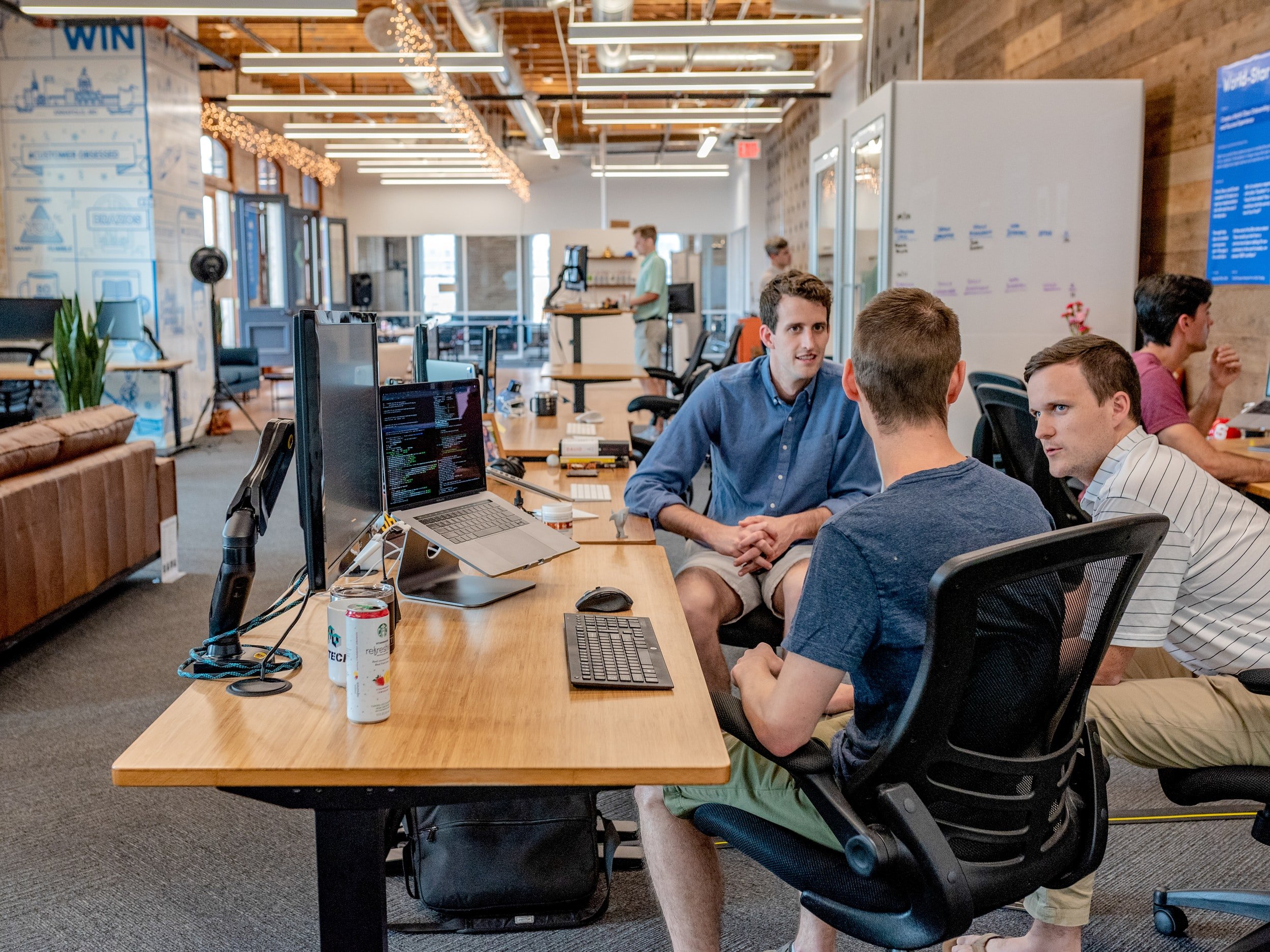Power Reads: 5 Interesting Articles That Will Help You This Week
/Each week, I select a few articles that rise above the fray and hopefully help you on your journey in leadership and the CRE world. They pull from one of four "corners": corporate real estate, technology, management science and anything positive. Each day we can become a better version of ourselves.
1. It’s not about the office, it’s about belonging
Leaders are increasingly worried about the impact of the past 20-plus months on company culture, connectivity, and cohesion. Our recent Great Attrition survey justifies their concern. More than half of employees who left their job in the past six months did not feel valued by their organization (54 percent) or manager (52 percent), or they lacked a sense of belonging (51 percent). Additionally, 46 percent cited the desire to work with people who trust and care for each other as another reason to quit. Employees want stronger relationships, a sense of connection, and to be seen.
“While leaders recognize these issues, their responses are missing the mark. Many leaders (52 percent) want an in-office workweek of four to five days to strengthen connectivity and collaboration. However, a return to the office will not necessarily solve the problem. In fact, without other significant actions, it could even backfire. The world has changed, and employee attitudes have shifted. To build community, cohesion, and a sense of belonging, organizations need to evolve their approach.”
With ample evidence that remote work is both convenient and productive, many employees are asking why they should go to the office at all. The office is becoming the new “off-site.” It needs to be planned and purposeful, with clear articulation of the benefit. Leaders should carefully consider who needs to attend and why, the objectives, the activities, and how to craft a structured agenda that still leaves room for emergent topics, spontaneous conversation, socializing, and collaboration. Consider a recurring schedule, like “Team Wednesdays” for social lunch and group problem solving, while remaining flexible to changing employee needs. Give employees a reason to want to come in!
2. Forget the Office—Salesforce Is Making a Wellness Retreat for Workers
Reinvigorating corporate culture and employee enthusiasm at Salesforce. com Inc. after nearly two years of remote work will involve the great outdoors as much as returning to an office.
“The software giant signed a multiyear booking agreement for a 75-acre retreat set among the redwoods in Scotts Valley, Calif., to create an employee work-and-wellness center for its nearly 70,000-person staff.”
Salesforce plans to use the property 70 miles south of San Francisco to onboard new hires and conduct off-site team meetings for social bonding and leadership training, said Brent Hyder, chief people officer.
3. Damn The Pandemic, Full Speed Ahead: U.S. Office Absorption Turned Positive In Q4
Nationwide office net absorption turned positive in Q4 for the first time since 2019, according to quarterly reports from brokerage houses CBRE, JLL and Lee & Associates. Though Cushman & Wakefield data showed U.S. offices still posting negative net absorption in Q4, it was easily the smallest increase in vacancy the company’s data showed since the beginning of the pandemic. Bolstering the sector’s outlook further is that the positive trends happened despite Q4 seeing the tail end of the delta variant and the emergence of the omicron variant.
“Despite the coronavirus continuing to wreak havoc on office-using companies’ plans to bring their employees back to in-person work, many of them pushed forward with laying out the future of their office usage anyway, the reports found.”
“We are just as busy now as we were pre-pandemic, and a lot of our clients are saying, ‘We’ve delayed these decisions for 18-24 months, and now we want to do something,’” said Ernie Jarvis, founder and CEO of tenant-focused brokerage Jarvis Commercial Real Estate. “So the planning stage is happening now.”
4. A new attitude toward the pandemic seems to be taking shape. But we’ve been here before.
Andrew Markert respects the coronavirus. It has messed with his livelihood, a D.C. pub called Beuchert’s Saloon, forcing him to close, move outdoors and adjust in countless other ways.
“But the time has arrived for him to move forward and stick to his plans, come what may in the next round of the pandemic. And he’s betting there are a lot of people like him.”
So Markert plans to open not one, but two new restaurants in the next couple of months — Fight Club, a few doors down from Beuchert’s, in February and the upscale Newland around the corner in April.
5. How To Want Less
Illustration by Paul Spella
I glanced into my teenage daughter’s bedroom one spring afternoon last year, expecting to find her staring absentmindedly at the Zoom screen that passed for high school during the pandemic. Instead, she was laughing uproariously at a video she had found. I asked her what she was looking at. “It’s an old man dancing like a chicken and singing,” she told me.
“I came over to her laptop, not being above watching someone making an idiot of himself for 15 seconds of social-media fame. What I found instead was the septuagenarian rock star Mick Jagger, in a fairly recent concert, croaking out the Rolling Stones’ megahit “(I Can’t Get No) Satisfaction”—a song that debuted on the charts when I was a year old—for probably the millionth time. An audience of tens of thousands of what looked to be mostly Baby Boomers and Gen Xers sang along rapturously.”
“Is this serious?” she asked. “Do people your age actually like this?” I took umbrage, but had to admit it was a legitimate question. “Kind of,” I answered. It wasn’t just the music, or even the performance, I assured her. To my mind, the longevity of that particular song—No. 2 on Rolling Stone magazine’s original list of the “500 Greatest Songs of All Time”—has a lot to do with a deep truth it speaks.
Your success blesses others. I wish you a great and hugely impactful week!







